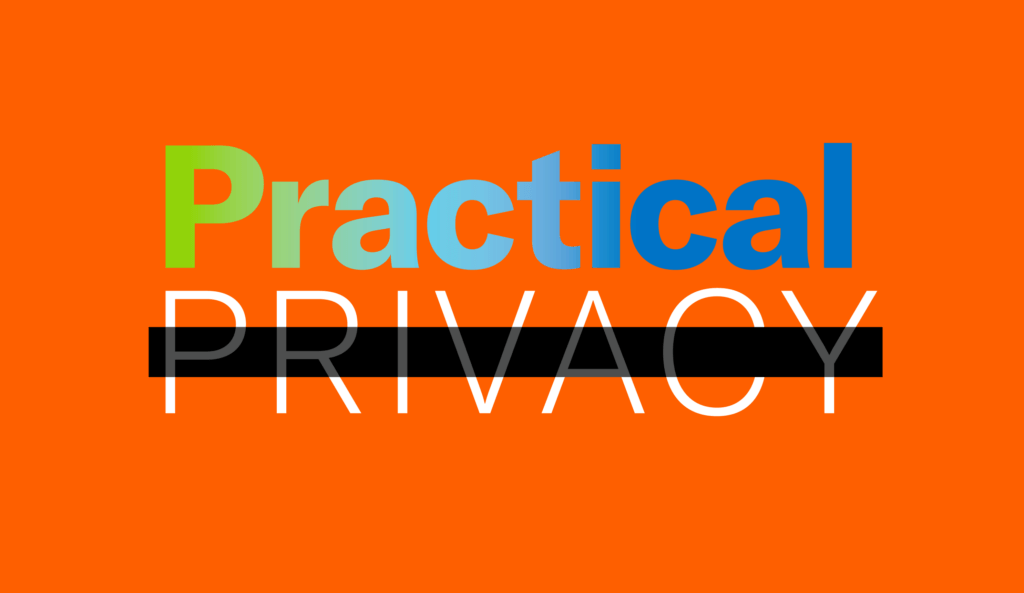Don’t Get Pushy: Adapt to the Mobile Privacy Evolution

Thomas Butta Chief Strategy & Marketing Officer

Share to my network
In this article
Categories
Book a meeting
Connect with our team of experts to discuss your conversion and loyalty goals, and how we can help you achieve them faster.
Get a demoOne great advantage that mobile apps provide brands is the ability to reach consumers wherever they are and when it matters most using push notifications to their smartphone lock screens. That’s the big upside. The downside? That kind of direct access creates the temptation to over-communicate.
When it comes to sharing, consumers may be quick to opt out
In what has become a new customer-centric era, consumers have more control than ever over their data and will shun brands that do not meet their needs.
Beginning with the release of iOS 15, Apple allows consumers to restrict when and how often they receive notifications. This release also offers optional email address and IP address anonymity, as well as blocking email tracking pixels. Before an Apple iOS user has even downloaded an app, privacy labels disclose its data collection practices. Once the user has the app, a new App Privacy Report will detail how often it requests access to sensitive information, and where that information is being shared.
Likewise, Android 12’s new privacy dashboard “offers a single view into your permissions settings as well as what data is being accessed, how often and by which apps. It also lets you easily revoke app permissions right from the dashboard.”
These changes are a huge win for consumer privacy, but they also mean brands must adapt to a new customer-first era as people become more selective about the information they provide to brands and how, when and where they want to interact.
A key element to retaining app users is giving them user-level control over their data and how they prefer to interact with a brand. Airship’s survey found that consumers are more likely to opt in to brand communications if they have control over the reason (43%), frequency (41%) and channels (40%) with which brands engage them. Conversely, the inability among app users to control the frequency and relevance of messages received are the top reasons app users opt out. Across all countries, the most common reason for opting out of a brand’s smartphone communications was receiving too many messages too often (51%). The second most common reason was “Information not relevant/personalized to my needs” (40%).
Just because you have something you want to say…
Just because you have something you want to say doesn’t mean your customer wants to hear it. Consumers today are more aware of their data rights than ever, and they’ll engage freely with brands that respect their privacy, satisfy their needs and deserve their attention. The converse is also true. Make the wrong move – either through a technology glitch or a fumbled communication – and you can expect to be ignored, silenced or deleted.
Make sure your app offers a cross-channel preference center, like Airship’s AXP Preference Center, so customers have an easy way to tell you what they want. And what they don’t want. It should be just as easy to opt out — or preferably opt down — as opt in across all your channels. Airship’s in-app Preference Center is the only one on the market that covers all communications channels and preferences.
Learn more by watching our webinar: 8 Privacy Principles and Practices for Building Better Mobile App Experiences.